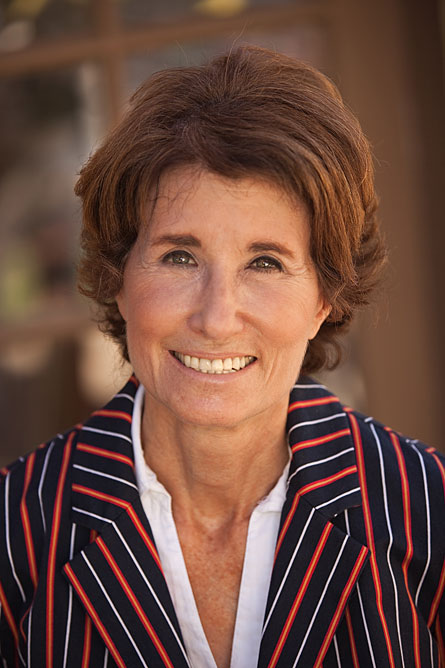One hundred years ago (in 1908), a group of higher educators launched a new professional master’s degree called the MBA. Their aim: to meet the anticipated needs of 20th century business, which would be characterized, they thought, not by product specialty but by bigness. Today, MBA programs graduate about 90,000 students per year and are considered to have provided a singular advantage to American business.

Will the Professional Science Master’s, the science-based professional degree created nine decades after the MBA, manage to meet the needs of 21st century private and public enterprises? That’s the view (and hope) of the directors of 134 PSM programs at 71 universities, their employer partners and the 2,500 math/science graduates now enrolled.
The PSM is intended for math and science graduates bent on careers at the intersection of science and management. In large public and private enterprises, PSMers serve as lab and project managers and/or work in close collaboration with specialists in finance, intellectual property or regulatory affairs. In smaller startups, they carry responsibilities in both science and management. And in the public sector, their value is just now beginning to be recognized.
Judging by the successful hiring record of graduates, PSMers appear to be getting jobs that need to be filled.
“It’s best to think about the PSM not as a step down from the Ph.D. but as a step up from the bachelor’s,” says Bogdan Vernescu, the founding president of the National Professional
Science Master’s Association. Eugene Levy, Rice University provost, goes further: “The master’s degree will evolve to become the normal expectation of professional careers.”
The PSM is filling an educational void as well as an employment void. As late as 1995, fewer than 3 percent of all U.S. M.S. degrees were in the sciences. The M.S. in those fields, earlier a respected graduate-level degree, came to be thought of as a failed Ph.D. Meanwhile the master’s degree in engineering continued to be highly respected, in part because engineering was in closer touch with business and industry.
The PSM founders argue that if physics is typical (the American Physical Society estimates that only one in six physics bachelors eventually earns a Ph.D. in physics), then a potential market exists for science and math–trained professionals.
But what is “professional training in mathematics and science” if not preparation for a research career? The PSM needed not just foundation support to launch the new degree (provided by the Alfred P. Sloan Foundation in New York City and the W.M. Keck Foundation in Los Angeles), but a change in presumptions about who will do science and why.
From 1997 to 2002 some 20 science master’s programs were established (the term PSM came later), providing an initial proof of concept. University faculty and deans engaged local employers in identifying future employment opportunities for master’s level science and mathematics graduates. Students (especially women) were attracted by the curriculum and the relatively short two years it would take to become professionally trained. And faculty found the students academically strong.
The heart of the PSM is the combination of graduate-level science and/or mathematics, often in a newly emerging discipline (such as bioinformatics) or at the intersection of two or more traditional ones. Absent a thesis, students enroll in short courses in business fundamentals, tech transfer, project management, intellectual property law, regulatory affairs, entrepreneurship, leadership and/or ethics — which, with training in communication (written and oral) and team building, constitute up to 30 percent of the students’ studies.
Rounding out their program is a required internship (in all but a few of the specialties) for enrollees not currently employed in a high-tech enterprise.
Today, the PSM is poised for expansion. In addition to campus-based programs, there are university system-wide adoptions in California, New York, Illinois, Massachusetts and North Texas as well as state-wide collaboratives in Oregon and Arizona. More are planned in Florida, New Mexico, Pennsylvania and Virginia.
All of these energetic initiatives have been launched without significant government support — so far. But this month, that will change. The National Science Foundation is rolling out a program for spending $15 million in economic stimulus funds for the PSM. The new Veterans Education Bill, which includes support for graduate education, will go into effect in August. State-level veterans offices are already eyeing the PSM (and pre-PSM certificates) as a natural way back into the workforce for technically trained officers.
Sheila Tobias has been a consultant with the Alfred P. Sloan Foundation on PSM development since 1997. More information available at www.sciencemasters.com or www.npsma.org